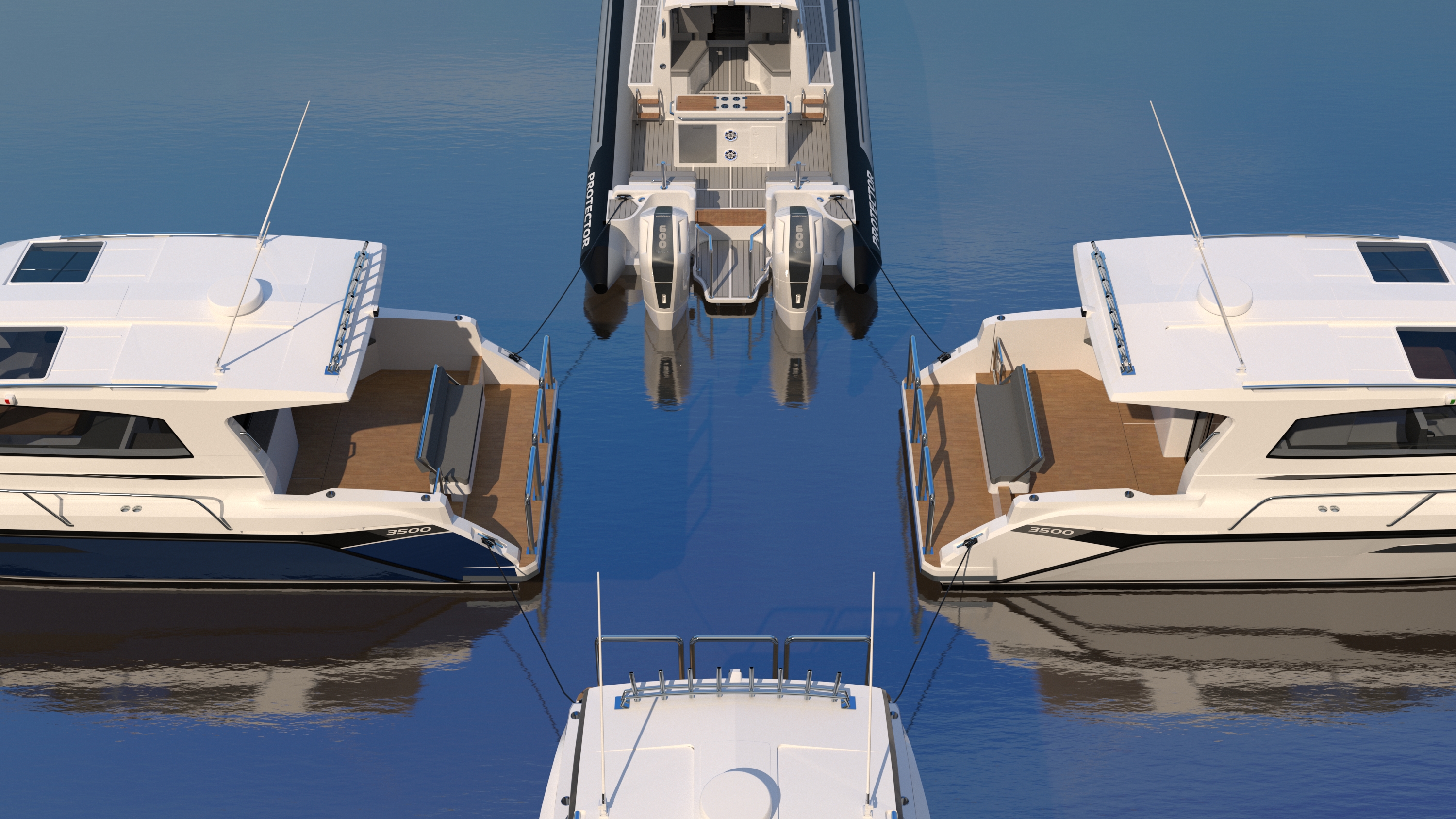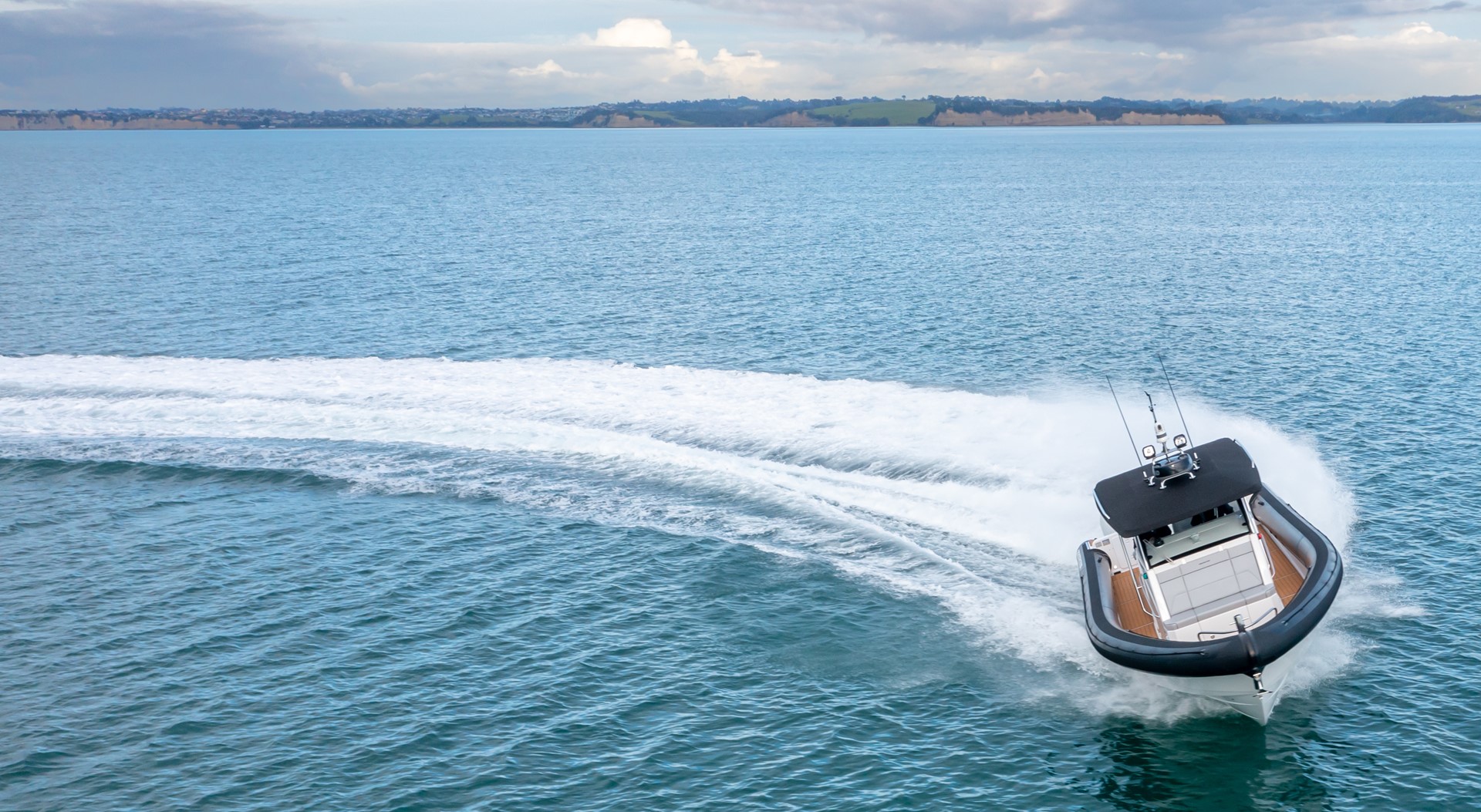Exploring the Rayglass 2700 - The ultimate multipurpose vessel
The Rayglass 2700 is the next generation of Legend and a true multipurpose vessel. Here’s what’s included in the 2700 package.
Posted By Rayglass Boats | August 24, 2021

If you’ve got friends or family who also have boats, chances are you’ll want to catch up with them out on the water when the weather gets warmer. The best way to do this is to simply meet up in a nice sheltered spot and raft up.
To make sure your next day on the water is stress-free, we chatted to our resident expert - Rayglass CEO, Dave Larsen - to put together a few handy tips on rafting up safely.

Rafting up can be unsafe if the weather’s not right or if your raft isn’t set up correctly. Follow these basic tips to make sure you get it right:
While accidents can happen at any point, Dave says extra care should be taken when the day’s over:
“Carefully plan leaving the raft because that’s when things tend to go wrong. You might have kids screaming or the weather turning but make sure you take your time.”

The rafting up process is simple enough whether you’ve got two, three or four boats to deal with. The first vessel should start by dropping and setting its anchor then throwing two stern lines to the next boat - which should be facing the opposite direction (stern to stern).
The second vessel should be roughly 15-20 metres away when it drops its anchor. Next, both vessels should pull in their anchors to create tension in their stern lines to help keep both vessels safely in position.

With three or more vessels the idea of rafting up is more or less the same. Simply drop your ground tackle down, throw a stern line off both port and starboard to the two other vessels then pull up slowly to create tension in the anchor.
If you’ve got an outboard powered vessel in the mix, make sure the two stern drives are facing each other - to avoid outboards knocking into transoms.

When rafting up, it’s important to know where your anchor is in relation to the tide. If you raft up at half tide and the tide is going out, when one boat leaves, you can’t pull your anchor up until it's under the bowsprit.
If this happens, get out of the boat, grab the anchor and bring it back under the bowsprit before you pull it all up. The last line you release is the stern line.
Also remember that, if you raft up in a busy area, your anchor lines may cross over. This can get you into trouble so always keep an eye on where your anchor is and jump in and detangle it if it gets twisted.
Rafting up is a great way to get together with mates out on the water. Just take a few precautions to make sure you’re doing it safely and your time out on the boat will be safe and stress-free.

The Rayglass 2700 is the next generation of Legend and a true multipurpose vessel. Here’s what’s included in the 2700 package.

The ultimate Protector required the ultimate collaboration. Read how we worked with Europe’s biggest yacht brokerage to build a special 380 Targa.

We recently carried out strength point testing on a Protector vessel. Hear the story behind the test, and find out how we used two trucks, two fork...
There's always something new happening at Rayglass, so if you'd like to be first to know just sign up here. You'll be in the loop on latest news, reviews and upcoming events
